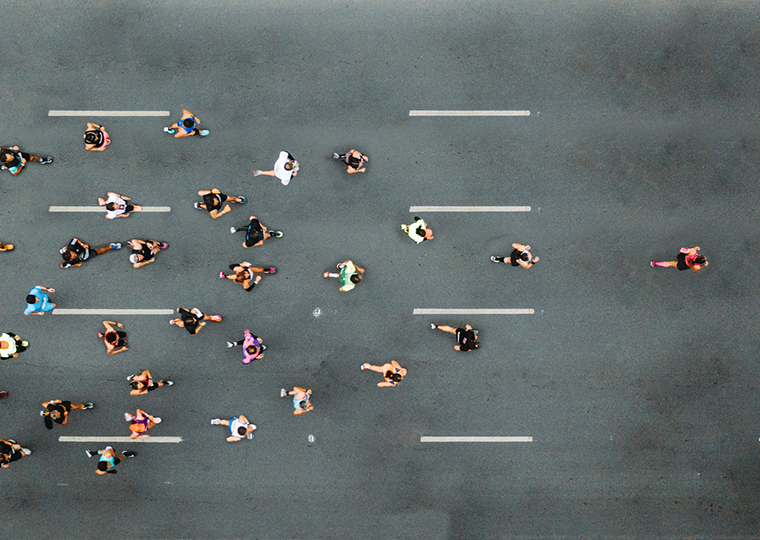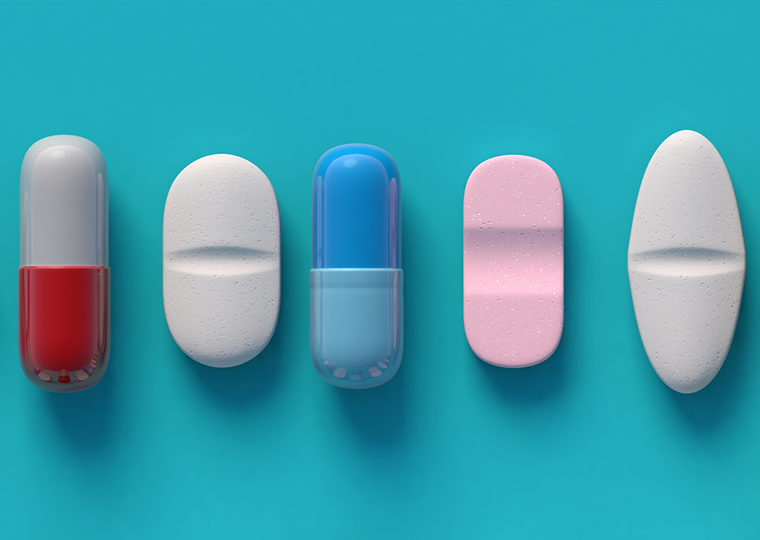Charging more at peak times could reduce congestion and lift profits. Would customers revolt?
As early as 2024, New York City plans to begin charging motorists to drive on the crowded streets in the southern half of Manhattan. If successful, the system, known as congestion pricing, could reduce the number of vehicles in that part of the city by up to 20%.
A paper published in Production and Operations Management suggests that applying a similar approach to busy grocery stores could ease the hassle of crowded aisles and long checkout lines.
Using an analytical model, UCLA Anderson’s Christopher S. Tang and University College London’s Onesun Steve Yoo and Dongyuan Zhan show how charging higher prices during peak shopping hours would shift shoppers from busy to less busy times while increasing grocer profits.
Opt In to the Review Monthly Email Update.
The downside: Consumers, while enjoying less congestion, would overall pay higher prices.
Congestion-Based Pricing at a Grocery Store Near You?
Time-based congestion pricing would make shopping safer and more pleasant, the authors conclude. “However, due to the rise in prices, consumer welfare would not increase,” they write.
A variety of businesses — utilities, airlines, ride-hailing companies, golf courses and, more recently, some restaurants — have adopted the practice of charging higher prices when demand is greatest, which is also known as surge pricing. Although the programs can smooth out extreme peaks in demand, they can also cause a strong consumer backlash, as Uber discovered after it introduced the practice in 2014.
Before the COVID-19 pandemic, crowded grocery stores were mainly an annoyance, but with social distancing they became a serious health issue. Supermarkets responded with special shopping times for at-risk seniors and by limiting the number of shoppers in the store at any given time.
Reducing crowds at peak hours by charging more wasn’t an option in the short term, since paying clerks to physically change prices multiple times a day was too costly. The use of electronic shelf labels changes that equation, making it cost-effective to adjust prices as frequently as the store wishes, automatically, on hundreds of items.
When leading grocers in the U.K. first adopted electronic shelf labels in 2017, many believed that meant surge pricing would soon come to the supermarket. It didn’t happen, in part because of concerns about a customer rebellion. Still, the technology makes time-of-day pricing possible, so it’s worth seeing whether it would make economic sense for grocery stores.
A Win-Win for Grocery Stores
To find out, the authors developed a game-theory model in which two competing retailers choose to adopt time-of-day pricing either immediately, after a delay or not at all.
The analysis suggests there are two profitable courses of action: Both grocers could adopt the practice immediately, which they will do if they are focused on short-term profits. Or one could change to time-of-day pricing right away, while the other waits to see how consumers respond to the first retailer’s action and raises prices later.
In both cases, some shoppers will respond to surge pricing by shifting the times when they shop, easing peak-hour congestion.
One factor in the decision is how strongly customers object to congestion and how willing they are to pay for the extra safety and convenience of shopping in less crowded stores at peak times. In the model, when customers are more “congestion averse,” one store can profit by delaying adoption of surge pricing, seeing the price its competitor charges and then setting its own surge premium at a level that is both profitable and competitive.
When one store acts immediately and the other acts more cautiously, the model indicates, the competitive pressure on pricing can be reduced, and both stores can charge higher prices. Profits are higher, and all consumers can end up paying more.
The potential consumer backlash may make grocers and other retailers wary of surge pricing despite the possibility of higher profits. But that may change, Tang suggests. “The younger generations are used to surge pricing — Uber, airlines, hotels, cinemas, concerts, restaurants, etc.,” he writes in an email exchange. “We project this is the trend, and with mobile tech, it is plausible.”
Featured Faculty
-
Christopher Tang
UCLA Distinguished Professor; Edward W. Carter Chair in Business Administration; Senior Associate Dean, Global Initiatives; Faculty Director, Center for Global Management
About the Research
Tang, C. S., Yoo, O. S., & Zhan, D. (2023). When should grocery stores adopt time-based pricing? Impact of competition and negative congestion externality. Production and Operations Management. doi:10.1111/poms.14010.






